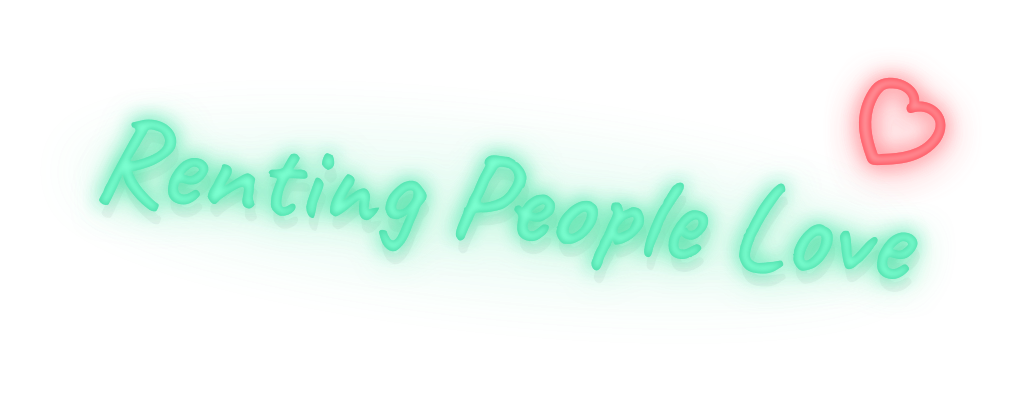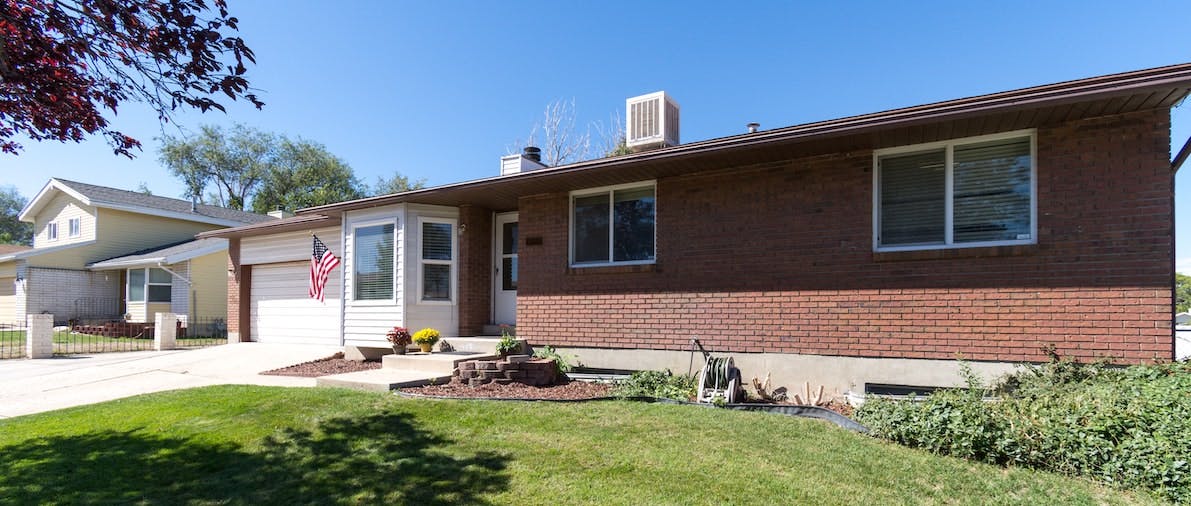Real Estate Investing
What is a Home Equity Line of Credit and How Can It Benefit Rental Owners?
Last Updated Mar 1, 2024


Table Of Contents
- What is a Home Equity Line of Credit?
- What do I need to qualify for a Home Equity Line of Credit?
- What is a Home Equity Line of Credit used for?
- Can I get a tax deduction on the HELOC interest paid for my rental home?
- What are the pros and cons of taking out a Home Equity Line of Credit?
- What is a good alternative to a HELOC to finance renovation of my rental home?
- Discover how Belong is making rental ownership a breeze
Home equity is the difference between what your home is worth and how much debt is owed against it. When your house appreciates and/or you have paid off a chunk of your mortgage principal — you have equity.
While rental homes are not considered to be a liquid asset due to mortgage financing and the lengthy process of selling one, you can turn what you own of this home into cash through financing. One option is known as a Home Equity Line of Credit or HELOC, which is available to people who have paid off at least 15-20% of their mortgage.
HELOCs are often used by owners of rental properties to finance projects such as capital improvements or renovation. This helps to increase the value of rental returns and appreciation of the home without dipping into your savings.
In this article we explore frequently asked questions about Home Equity Line of Credit and common uses of HELOC for rental homeowners, covering the following questions:
- What is a Home Equity Line of Credit (HELOC)?
- What do I need to qualify for a Home Equity Line of Credit?
- What is a Home Equity Line of Credit used for?
- Can I get a tax deduction on the HELOC interest paid for my rental home?
- What are the pros and cons of taking out a Home Equity Line of Credit?
- What is a good alternative to a HELOC to finance renovation of my rental home?
What is a Home Equity Line of Credit?
A HELOC is a line of credit that allows you to borrow against your home equity. For example, if your home is worth $800,000, and you owe $500,000 on your mortgage, you have $300,000 in equity that can be borrowed against. Typically you need to have paid off at least 15-20% of your mortgage to qualify for HELOC financing.
HELOC financing is different to refinancing an entire mortgage. Working a little like a credit card, the HELOC defines an amount you can borrow up to and you will only be charged interest on the amount borrowed. This will be by way of a variable interest rate that is typically lower than a personal loan or credit card financing.
What do I need to qualify for a Home Equity Line of Credit?
Requirements and repayments will vary based on the amount you wish to borrow, the equity in your home and the lender you choose. Generally, to qualify for a Home Equity Line of Credit you will need:
- 15%-20% or more equity in a home
- A credit score of at least 600
- At least two years of verifiable income history
- A debt-to-income ratio of 40% or less (that is, all your monthly debt payments divided by your gross monthly income)
What is a Home Equity Line of Credit used for?
You can use money from a HELOC for almost any purchase or debt consolidation — even as a down payment on another home. Some real estate investors use the equity in one rental home to finance another and grow their portfolio. But more commonly, owners of rental property use a HELOC to finance capital improvements or renovations, improving the market value of their home to maximize their rental income and appreciation opportunities.
Can I get a tax deduction on the HELOC interest paid for my rental home?
It depends! The tax rules on HELOCs and rental properties are quite complex since the IRS introduced changes in 2017. These rules will last until 2026 unless altered or extended further.
Most expenses relating to a home used as a rental property are tax deductible and the interest portion of your HELOC might be included, depending on how you use the funds. There will also be limitations if you’re deducting a loss on the home or the income is considered passive activity. Check with your property accountant or tax professional before making tax claims based on your individual circumstances and how your HELOC funds have been used.
New rules stipulate that for the interest on home equity debt to be tax deductible, you must ensure:
- Funds are used to “buy, build, or substantially improve” a property
- Funds can only be used on the property they are drawn for (so you can’t claim interest on a HELOC on your own home to improve your rental and vice versa)
- Deductions meet the restrictions on the loan size ($750,000 is the total new limit for deductions on all residential debt, including HELOC and mortgage interest)
Broadly, if you’re making capital improvements to your rental property such as a kitchen remodel, replacing the roof or installing a new HVAC then it’s likely you can deduct the interest payments of the HELOC used to fund the cost. You won’t be able to deduct the actual expenses incurred, but they can be depreciated.
If you’re using the funds to make maintenance repairs, you will not be able to deduct the interest on a HELOC. You will however be able to deduct the actual expense associated with essential repairs and maintenance.
What are the pros and cons of taking out a Home Equity Line of Credit?
The benefits or “pros” of taking out a HELOC include:
- HELOC provides fast and easy access to cash without having to withdraw your savings or sell off other investments such as stock
- HELOCs are a form of secured loan so they offer a lower variable interest rate to most personal loans and credit cards
- Unlike Home Equity Loans or refinancing options, there is no need to apply for a separate loan, you can redraw the funds as needed
- HELOCs offer flexibility in your budget — you don’t need to borrow and pay interest on $20,000 if you only end up spending $10,000 (and you don’t need to find more funds quickly if you go over budget)
- You may be eligible to claim a tax deduction, particularly if you are funding necessary repairs on a rental home — or making capital improvements that can be depreciated
The risks or “cons” of taking out a HELOC include:
- Your home or rental property will be used as collateral, which puts you at risk of foreclosure if you default on your repayments
- The interest rates on HELOCs are variable and susceptible to rate hikes, which could blow your budget and increase repayments over time
- HELOCs add time to your mortgage as it withdraws from payments you’ve previously made
- Payments are over and above your mortgage repayments and can also include extra fees
- Even though you don’t need to spend the entire amount of your home equity, the HELOC amount you’ve been approved for will impact the debt-to-income ratio on your credit score
What is a good alternative to a HELOC to finance renovation of my rental home?
So now that we’ve established how a HELOC can be used to renovate or improve a rental home — what’s a good alternative?
Making repairs and renovations can be a great way to boost your financial future by attracting higher rent and increasing the value of your home long-term. If you’re not eligible or don’t wish to apply for a HELOC, an alternative to borrowing from the equity of your home could be to borrow from your rental income instead.
For homeowners on the Belong network, this is an option available via a unique financing product named ‘Split It’.
How Split It works:
Belong homeowners are pre-approved for financing to assist with renovations and repairs on their home. If your home is being rented on the Belong network, you can pay off the cost of improvements by spreading out payments to be deducted from your rental income over the period of the lease. This will give you positive cash flow, while also increasing the value of your home. Every month you will still enjoy guaranteed rent, minus the Split It monthly installment.
Here are is a quick comparison of the pros and cons of paying for a home renovation project with Belong’s Split It financing:
Pros:
- A simple way to fund improvements for rental homes
- Gives you quick access to finance options to cover maintenance costs and repairs, ensuring small problems don’t turn into bigger (more costly) ones
- Keeps you cash-flow positive while increasing the value of your home long-term and decreasing vacancies
Cons:
- It’s designed for rental homes and isn’t suitable for homeowners who use the home as their primary residence
- Split It financing is not available to homes rented outside the Belong network
Discover how Belong is making rental ownership a breeze
Belong partners with homeowners to make sure your rental home is achieving the best possible price and being cared for by great residents — without you having to lift a finger. From finding long-term residents to financing solutions, we’ve got you covered.
For Belong homeowners who are fixing up a property for the rental market, you’ll be eligible for our innovative financial solutions that will free up your cash flow and let you spread the repayments of repairs and renovations across the term of your resident’s lease. With guaranteed rent in place, you’ll never have to worry about gaps in your rental income or missing finance repayments.
Learn more and find out if your home is eligible here.
About The Author
Melanie Kershaw
Mel Kershaw is a Content Lead at Belong. With an extensive background working with technology companies including Eventbrite and Yelp, she’s always looking for ways to create educational and informative articles that simplifies tech and solves problems for her audience.




